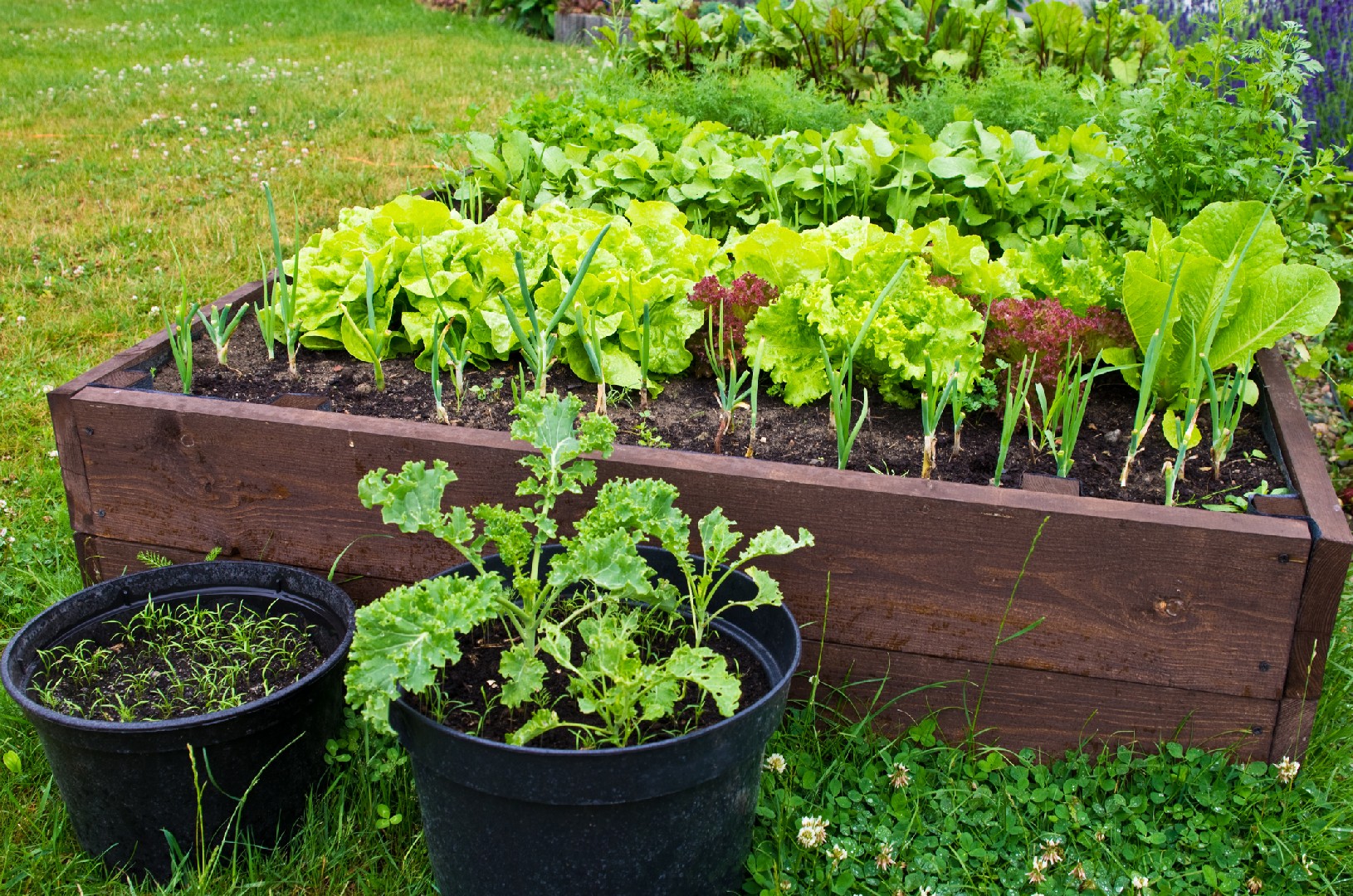![Rectangle]()
Understanding Seasonal Planting: A General Guide
Seasonal planting is a gardening technique that involves planting crops based on their natural growing cycles and the local climate. By aligning planting with seasons, you can optimize your garden's productivity and reduce the risk of pests and diseases. This guide will provide you with an overview of what seasonal planting is, its benefits, and basic knowledge on the types of seasonal plants.
One of the primary reasons to practice seasonal planting is to maximize your produce yield. Different plants have specific temperature and light requirements, and when you plant them during their ideal growing period, they thrive and produce abundant harvests. For example, cool season crops like lettuce, kale, and peas prefer cooler temperatures and shorter daylight hours. By planting them in early spring or late summer, you can enjoy a bountiful harvest. On the other hand, warm season crops such as tomatoes, peppers, and cucumbers require warmer temperatures and longer days. Planting them in late spring or early summer ensures optimal growth and plentiful harvests.
Another advantage of seasonal planting is the reduced risk of pests and diseases. Plants that are out of season are more susceptible to attacks from pests and diseases. By planting during the appropriate season, you can take advantage of natural pest control methods. For instance, in the spring, ladybugs and lacewings naturally emerge and help control aphid populations, preventing infestations in your garden. Additionally, aligning your planting with seasons allows you to avoid common pest problems associated with particular plants. For example, planting tomatoes in the same area year after year can attract tomato hornworms, while rotating crops each season minimizes this risk.
Now that you understand the benefits of seasonal planting, let's delve into the two main types of seasonal plants: cool season and warm season crops. Cool season crops are those that thrive in cooler temperatures, typically between 40°F and 70°F. They include vegetables like lettuce, spinach, broccoli, and carrots. These crops can tolerate light frost and mature relatively quickly. On the other hand, warm season crops are those that require longer daylight hours and warmer temperatures, typically between 70°F and 95°F. Examples include tomatoes, peppers, cucumbers, and corn. These crops are more sensitive to cold temperatures and require a longer growing season to reach maturity.
In conclusion, understanding seasonal planting is essential for any gardener who aims to harvest fresh produce all year round. By aligning your planting with the seasons and choosing the appropriate crops, you can maximize your yield, reduce pest problems, and ensure a successful garden. So, whether you're starting your first garden or looking to enhance your existing one, give seasonal planting a try and enjoy the benefits it brings to your homegrown harvests!





